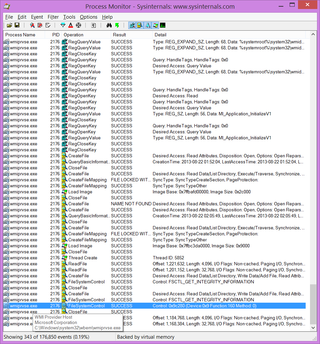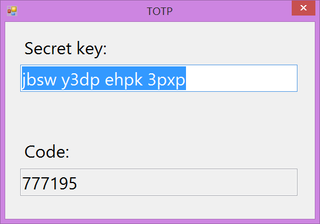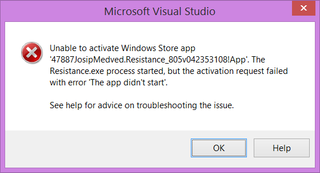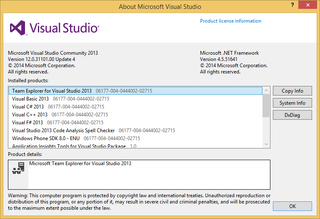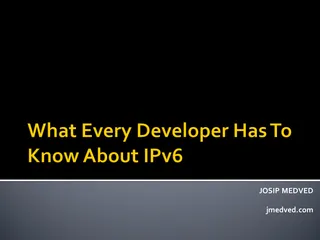Using C# to Remove ReFS Integrity Stream
As I moved my data drive to ReFS, I was faced with a problem of removing integrity stream for virtual disks. For performance reasons Microsoft doesn’t work with ReFS integrity streams and thus I had to disable it for all VHD files I had.
Since I use my own VHD Attach to attach disks, I also wanted to integrate removal of integrity stream upon opening the disk. And that meant C# solution was strongly preferred. As functionality is rather new, Windows API was the only way.
First course of action is, of course, to open the file. Only important thing is to have have both read and write access:
var handle = NativeMethods.CreateFile(
fileName,
NativeMethods.GENERIC_READ | NativeMethods.GENERIC_WRITE,
FileShare.None,
IntPtr.Zero,
FileMode.Open,
0,
IntPtr.Zero);Once we have a handle, we can can use DeviceIoControl to set checksum type to none.
var newInfo = new NativeMethods.FSCTL_SET_INTEGRITY_INFORMATION_BUFFER() {
ChecksumAlgorithm = NativeMethods.CHECKSUM_TYPE_NONE
};
var newInfoSizeReturn = 0;
NativeMethods.DeviceIoControl(
handle,
NativeMethods.FSCTL_SET_INTEGRITY_INFORMATION,
ref newInfo,
Marshal.SizeOf(newInfo),
IntPtr.Zero,
0,
out newInfoSizeReturn,
IntPtr.Zero
);Those two simple commands are all that takes. Sample (with actual API definitions) is available for download.
And rant for the end - it was annoyingly hard to find resources for this. Yes, some resources do exist (albeit without examples) but to find them you need to know what you are searching for. Since I knew Set-FileIntegrity PowerShell cmdlet does it somehow, I used Process Monitor tool to capture what exactly was happening. There I got a hint toward DeviceIoControl function and things got a bit easier. To keep it a bit interesting, documentation also lies that “The integrity status can only be changed for empty files.” Only confidence in Process Monitor’s capture kept me going in that direction.
Maybe it is me getting older but I have a feeling Windows API documentation is getting worse and worse. I hated Windows 7 documentation for virtual disk support and I thought that was the lowest quality Microsoft can do. But not much seems improved with newer versions. Gone are the times when new feature would get an example or two and more than a blog post as a design document.
I believe ReFS should deserve more.
